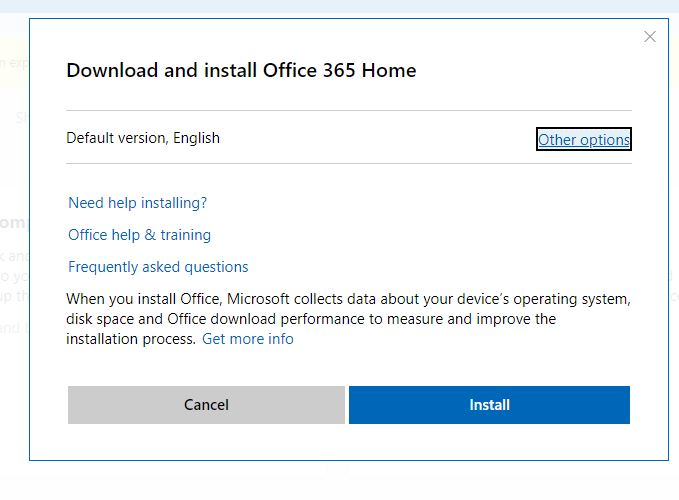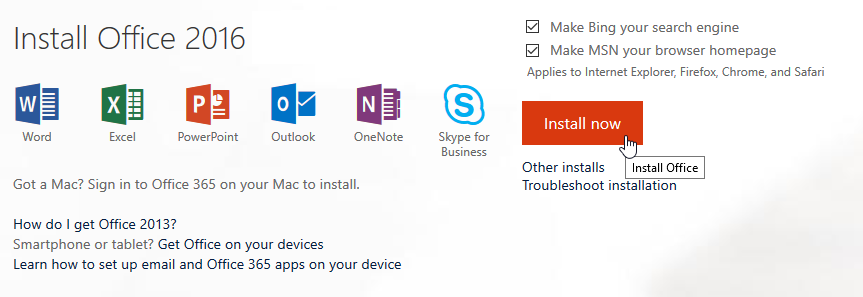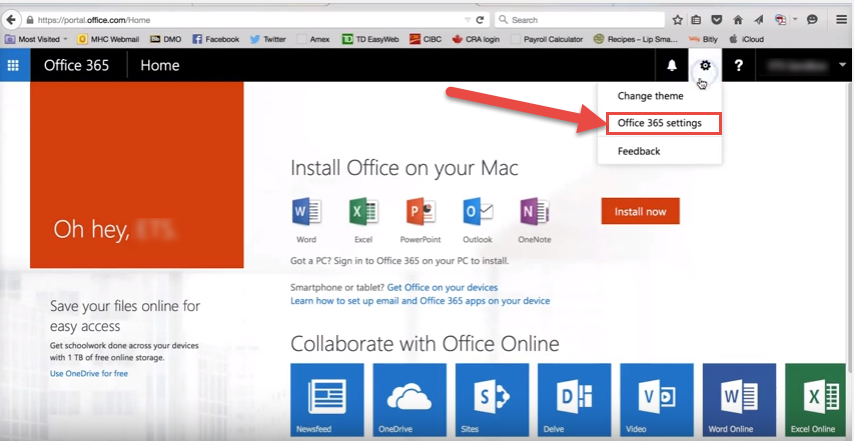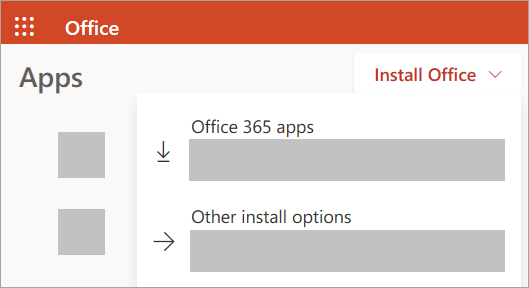

This convenient web form allows you to create a configuration file to deploy MS Office. But it is more convenient to generate a new XML file containing Office installation settings on the official MS Office website ( Office Customization Tool). You can edit them manually (check the article Deploy Office 2019 in a corporate environment). In ODT directory, there are some sample XML files for Office 2019 ( configuration-Office2019Enterprise.xml) and Office 365 ( configuration-Office365-x86.xml). Now you need to create a special XML file with Office installation settings. ODT allows you to select Office 2019, Office 2016 or Office 365 apps you want to install or uninstall, select a localization language and various app settings. Run the officedeploymenttool_xx-xx.exe file and extract its contents to a local directory (for example, C:\ODT).

I usually check this every couple of months.To install selected Office apps, download the Office Deployment Tool (ODT) ( ). Doing this will eliminate the number of Office Updates you may have to install if your offline installer files are older. NOTE: You will want to run updates on Office 2016 after install, and may periodically re-download your installer files as they will be updated over time as updates come out. To install from a Command Prompt as Administrator I run:ĬD to location of Office 2016 folder on the local computer (where ever you've copied it to or if it lives on a network drive): cd 'C:\Office2016' Configuration I use in a file called installconfig.xml is: I also setup the configuration file using this site to create the XML code for it.


Then to start the download I run: setup.exe /download downloadconfig.xml To start the download of the offline files for Office 2016, create a directory (I create one called Office2016 on my Desktop), CD into that directory: cd 'C:\Users\MyUser\Desktop\Office2016' My downloadconfig.xml to download the Office 2016 32-bit offline installer files: NOTE: All of your files should be in the same directory as the Office Deployment Tool files, so the two XMLs listed below as well. Put that into a directory somewhere, example: C:\Users\MyUser\Desktop\Office2016 You'll need the Microsoft Office Deployment Tool from here. We either copy them to disc or USB, and send them to the locations to load on their local server for all the workstations to access. In this case, we download the Office Deployment Tool link here to download the offline installation files. We have remote properties (hotels) that have very slow/limited bandwidth where this could take up to 3 hrs per computer, so not ideal.


 0 kommentar(er)
0 kommentar(er)
